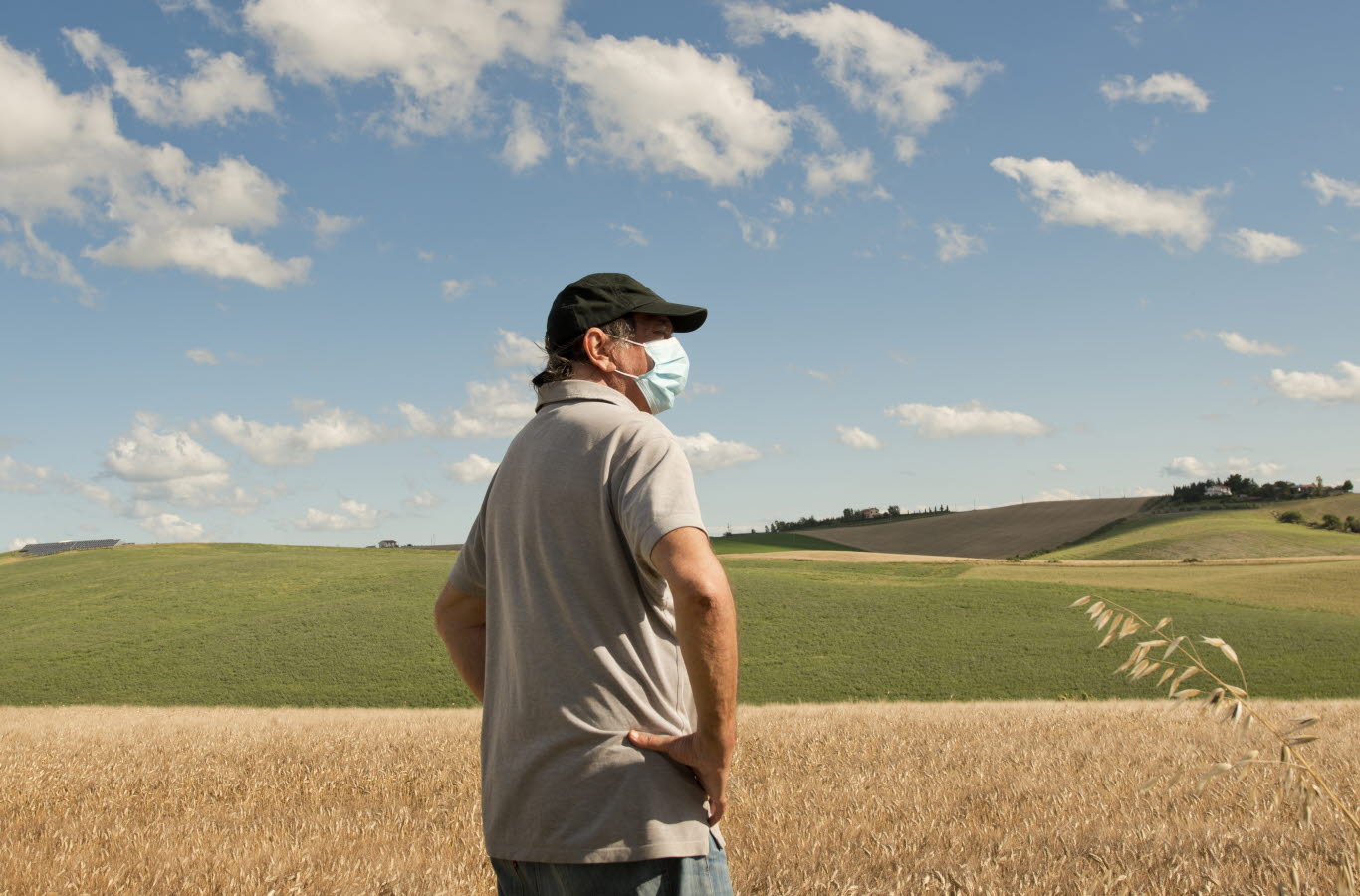
As we approach another Australian summer, it is important that we make thorough bushfire safety plans for our pets as well as our human family members.
Create a bushfire evacuation plan for your pet
If you live in a potential bushfire zone, include your pet in your bushfire safety plans. Decide where you would take your pet if you had to evacuate. Not all evacuation centres allow pets, so it is best to make plans with one or two sets of friends who live in different areas on properties where your pet can be easily transported and safely confined. As per the general bushfire advice, it’s always safest to evacuate early if there is any risk to your area.
Ensure in advance that your pet is properly identified. Firstly, check that your pet’s microchip registration details are up-to-date (reflecting your current address and best contact details). If you’re unsure, check with your state pet registry website or local council, using your pet’s microchip number. It’s also a good idea to have your pet wearing an identification collar with your name and mobile number on it. This helps ensure their quick return to you should they become lost.
Lastly, pre-pack an evacuation kit for your pet, and keep it somewhere easily accessible alongside your family evacuation kit. This kit should include:
- A method of safely restraining your pet, such as a secure travel crate for cats and small dogs, and a harness and lead for larger dogs
- A woollen blanket to act as bedding, and to briefly place over your pet (or their crate) if required to protect them from intense bushfire smoke or airborne embers
- A supply of drinking water and food for your pet in sturdy containers, plus a couple of bowls
- A supply of any regular medication your pet requires
General wellbeing during bushfire season
During the devastating south-east Australian bushfires of 2019-2020, poor air quality due to bushfire smoke was a persistent health hazard. Bushfire smoke causes eye and throat irritation in both pets and humans, and can damage airways and worsen any pre-existing pet respiratory diseases like feline asthma.
If the air is smoky, keep your pet indoors and avoid vigorous exercise. If you have air-conditioning, run it on air recirculation mode to keep the air in the house as clear as possible. You’ll generally visually recognise poor air quality, but if you’re unsure, consider downloading an air quality phone app which will provide specific information about your area.
During these hot summer conditions, your pet is at increased risk of heat stress. Ensure they always have free access to water and shade, and exercise them only during the cooler early morning and late evening periods. If your pet has an increased risk of overheating (e.g. a breed with a thick coat or flat face, or with a health condition such as laryngeal paralysis or obesity), then it’s best to keep your pet indoors with you with a fan or air-conditioning on.
Bushfires and wildlife
Most pet owners are keen to help out our native animals too. This WIRES fact sheet outlines a few of the ways you can help bushfire-affected wildlife via donations, volunteer work or practical support.
Let’s keep our animals safe this bushfire season!
